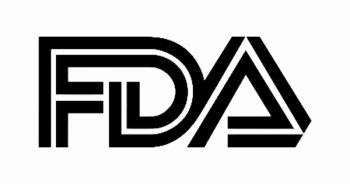
Targeted Therapies in Oncology
- June II 2025
- Volume 14
- Issue 8
- Pages: 13
Reducing Costs and Readmissions Through Data Analytics in Health Care
Discover how data analytics transforms health care by reducing costs, improving patient outcomes, and enhancing operational efficiency through innovative technologies.
Leading data experts insist on leveraging big data for the health care industry. In fact, over 57% of organizations use data analytics in health care-related decisions. This is why the use of quality data that are free from errors must be undertaken across all platforms and workflows to improve workflow productivity and make informed choices. But how does data analytics achieve this? From predictive analytics to real-time monitoring, this article explores 6 proven ways physicians and other health care providers can use data to reduce costs while improving care quality.
Top Ways for Reducing Costs and Readmissions Through Data Analytics
Here are 6 ways showing how data analytics in health care works wonders.
1. Use predictive analytics for better health outcomes. Predictive analytics takes the guesswork out of planning for the future. With artificial intelligence and machine learning algorithms, it turns data from the past or present into reliable forecasts. The growing trust in this approach explains why the market is on track to hit $28.1 billion by 2026. By proactively addressing risks, predictive analytics not only lowers costs but also enhances overall patient satisfaction.
2. Improve patient data with electronic health records. Electronic health records have made data sharing and coordination so much easier and accessible in real time. These records consolidate diagnostic, administrative, and treatment information into a single platform, improving efficiency and accuracy.
3. Use real-time monitoring for chronic disease management. Wearable technology and real-time monitoring have made managing chronic conditions more effective. Conditions such as diabetes, high blood pressure, migraine, and stroke can be managed on these devices.
One such recent and well-known example is the COVID-19 pandemic. In the second wave, when oxygen vitals were most important, and in times of emergency, where a slight delay could cause life-and-death situations, wearables such as pulse oximeters emerged as a lifesaver.
Patients can send the readings directly to their physician. If the oxygen count is low, the health care team can act swiftly, preventing costly hospitalizations.
4. Reduce cost through operational efficiency. After surveying the reasons for patient care delays, researchers found the main reason was inefficient scheduling practices.
Today, countries such as the US spend almost 18% of their gross domestic product on health care. But despite such heavy investment, nearly 25% of their health care spending has gone to waste due to administrative inefficiencies.
This is the reason why improving operational efficiency has become vital for creating a more sustainable and effective health care system.
5. Manage hospital supply chain costs. The supply chain forms a considerable portion of the medical investment. All the essential medical supplies, drugs, medications, and equipment directly affect patient care and operational budgets. If there are any disruptions, they can lead to heavy revenue losses, unnecessary delays in treatment, and risks to patient health.
6. Detect and prevent fraud with advanced analytics. Data breaches and fraud incidents have become common in the health care sector. Hence, safeguarding patient data using analytics tools has become very important.
For more information, visit:
Stephan Hawke is a digital strategist and writer with more than a decade of experience in health care technology, software development, and digital transformation.









































